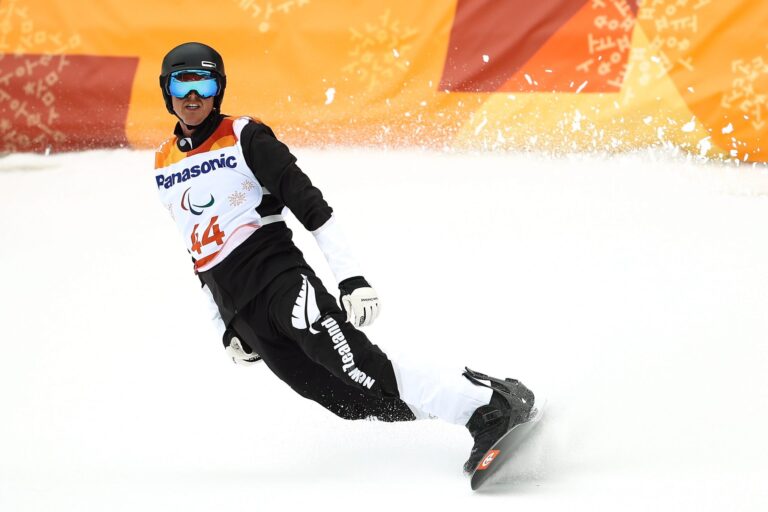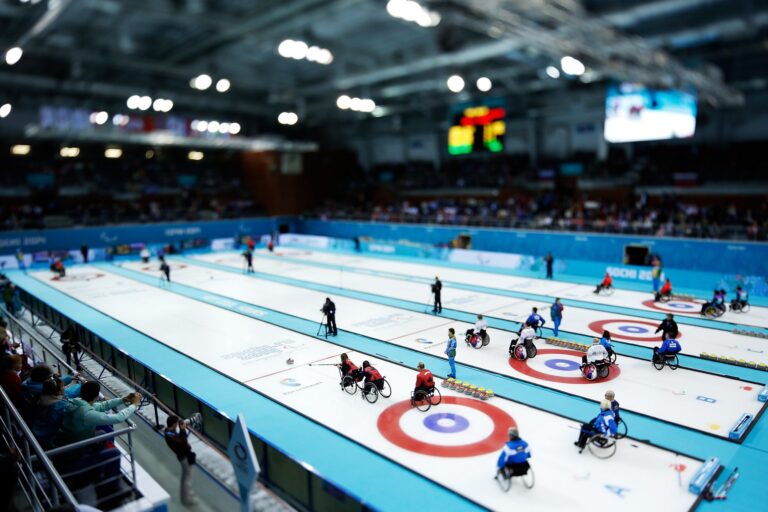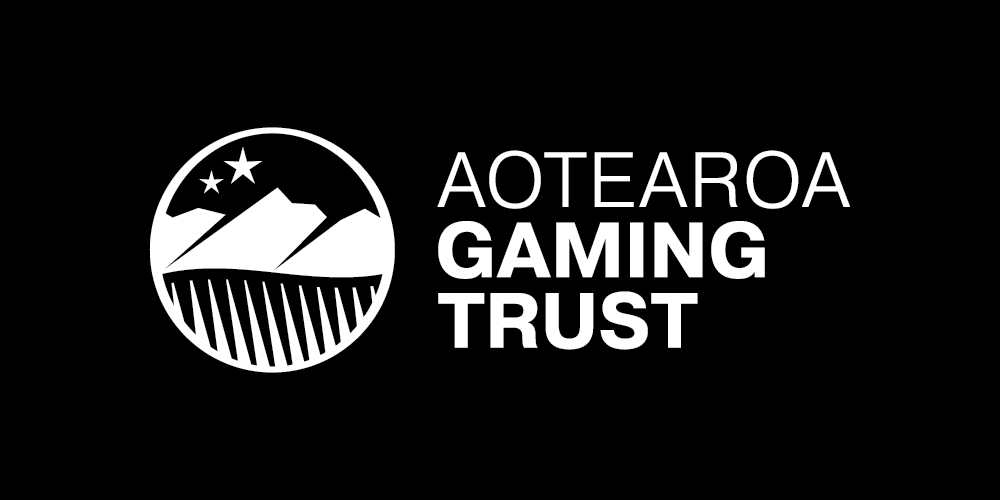
Wheelchair curling

What is Wheelchair curling?
Wheelchair curling is an adaptation of curling for athletes with a disability affecting their lower limbs or gait. Teams of two women and two men play with the same stones and on the same ice as non-disabled curling.
History of Wheelchair curling
Wheelchair curling had its debut at the Torino 2006 Paralympic Winter Games. The sport is now practiced in 24 countries and governed by the World Curling Federation (WCF).
How do you compete in Wheelchair curling?
Wheelchair curling is played similarly as non-disabled curling using the same rocks and on the same ice, although the rocks are thrown from a stationary wheelchair and there is no sweeping. Each team must be comprised of two male and two female players.
The game is made up of eight ends. A player delivers stones until all 16 have been thrown – this is the completion of an end. The team with the stone closest to the tee scores. That team scores one point for each stone closer to the tee than any of the opposing team’s stones.
Who can compete in Wheelchair curling?
The sport is open to male and female athletes with a disability affecting their lower limbs (single/double-leg amputation) or athletes who have substantial disability caused by, for example, spinal cord injury, cerebral palsy or multiple sclerosis.
For more information on Wheelchair curling visit the World Curling Federation.
Wheelchair curling in New Zealand
New Zealanders have not yet competed in Wheelchair curling at the Paralympic Winter Games.
Wheelchair curling is not currently delivered in New Zealand, however, many curling clubs welcome wheelchair users for recreational curling.
Adaptive Snow Sports Programmes in other Winter Sports are offered at most New Zealand ski resorts, with opportunities to progress to the international level. Register your interest now!





























